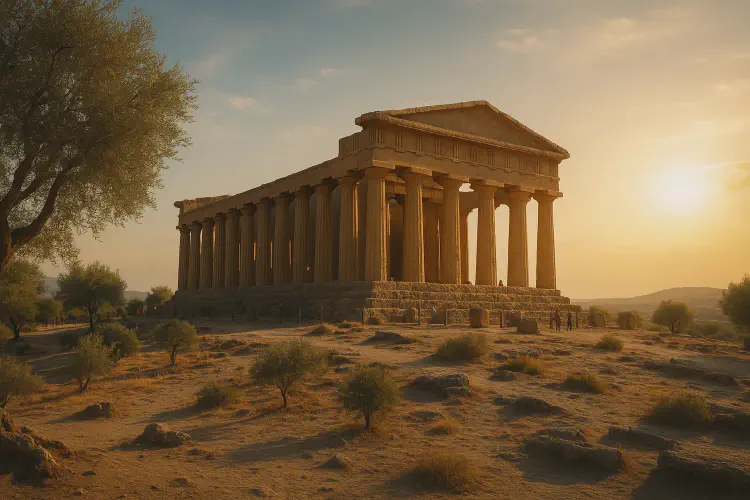Sicily history and cultural influences
Sicily’s rich history has earned it the nickname **“the crossroads of civilizations.”** Every era, from ancient Greece to the modern day, has left behind a legacy that travelers can still see, taste, and feel throughout the island.
- Visit Sicily
- 2 min read

Sicily’s History and Cultural Influences
🏛️ From Prehistory to Greek Colonization
Sicily has been inhabited since prehistoric times, with early settlements found in the interior valleys and along the coast. Around 8th century BCE, Greek settlers established prosperous colonies such as Syracuse, Agrigento, and Selinunte. These cities became centers of philosophy, art, and trade, rivaling Athens in influence. The Greek temples and theatres still standing today are some of the best-preserved outside mainland Greece.
⚔️ Roman and Byzantine Sicily
In 241 BCE, after the First Punic War, Sicily became the first Roman province. Under Rome, the island flourished agriculturally—earning the nickname “the granary of the empire.” Following the fall of Rome, the Byzantines ruled for nearly 300 years, introducing Christianity and Eastern artistic styles.
🌴 Arab Rule and Cultural Innovation
In 827 CE, Arab conquerors from North Africa landed in Sicily, bringing new agricultural techniques, irrigation systems, and crops such as citrus, almonds, and sugarcane. They also introduced a refined culture of science, poetry, and architecture, transforming cities like Palermo into vibrant centers of learning. Many place names and culinary traditions in Sicily still trace back to Arabic origins.
⚜️ Norman and Swabian Period
The Normans arrived in the 11th century and successfully blended Arab, Byzantine, and Latin traditions. This fusion is visible in the Arab-Norman architectural style, showcased in Palermo’s Palatine Chapel, Monreale Cathedral, and Cefalù Cathedral, all now UNESCO World Heritage Sites. Later, under Frederick II of Swabia, Sicily became an intellectual hub of Europe, attracting scholars, poets, and scientists.
👑 Spanish, Bourbon, and Italian Unification
From the 15th to 18th centuries, Sicily came under Spanish and Bourbon rule, which left a lasting mark on its Baroque architecture, particularly in Noto, Modica, and Ragusa. In 1860, Giuseppe Garibaldi landed in Marsala, leading to Sicily’s annexation into the newly unified Kingdom of Italy.
🇮🇹 Modern Sicily
Today, Sicily is an autonomous region of Italy, balancing modernization with preservation. Its cultural identity remains a blend of Mediterranean influences, where Greek theatres, Arab gardens, Norman cathedrals, and Baroque palaces coexist in remarkable harmony.
🧭 Summary
Sicily’s history is a living mosaic of civilizations—each contributing to its language, architecture, food, and traditions. This rich mix makes the island not just a destination, but a journey through thousands of years of human creativity and coexistence.